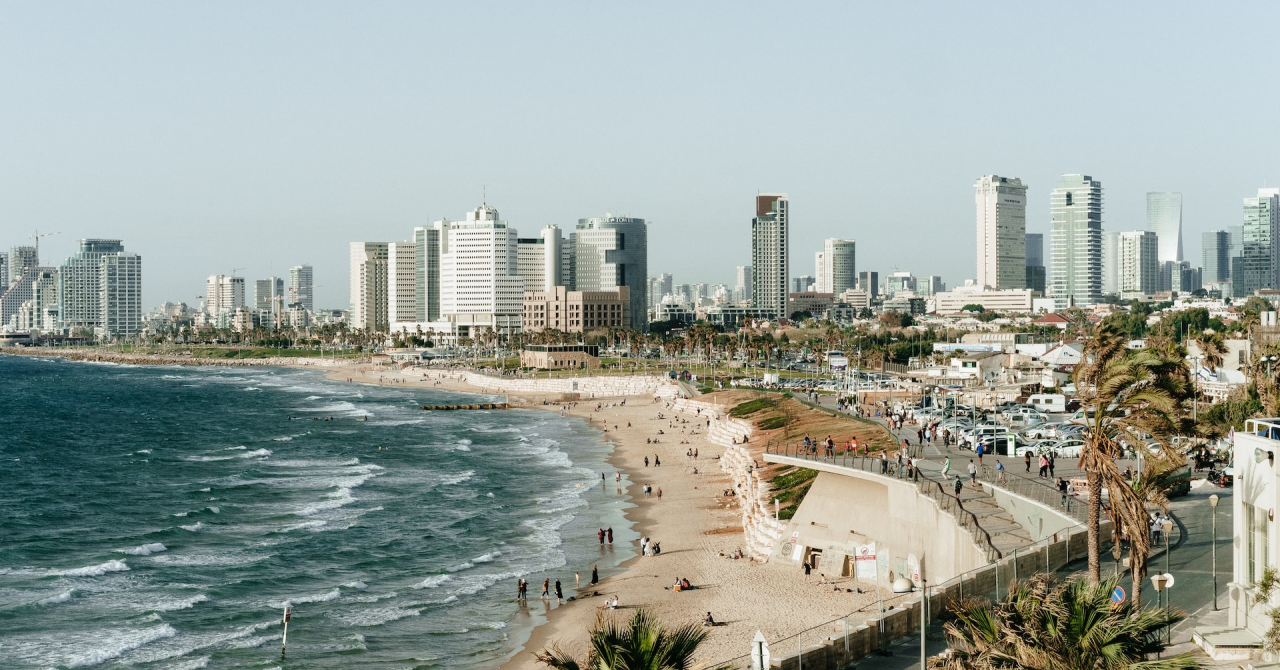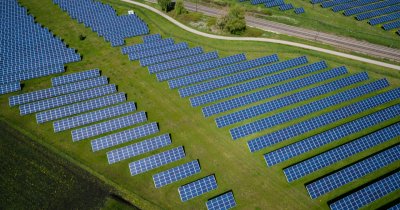According to Euronews.green, the melting of the planet's ice caps causes sea levels to grow, which will determine the flooding and erosion of the coastal areas if they rise by a few meters.
The problem, according to experts, will come after the first one or two meters of sea levels rise, which will accelerate the process of erosion and flooding.
Researchers wrote that "in many regions the time available to prepare for increased exposure to flooding may be considerably less than assumed to date."
As sea levels continue to rise due to global warming, 110 million souls could be affected, and we are talking about people living in areas that are already below sea level and are protected by walls.
The study estimates that 240 million people will be affected by the situation once our seas will grow by two more meters.
There is another issue scientists determined, which is the fact that most coastal communities are actually lower with regards to sea level than previously believed.
This means that those that believe enjoy protection for now are more vulnerable, shows recent data.
Ronald Vernimmen, lead researcher, said that "radar [the old measurement method] is unable to fully penetrate vegetation and therefore overestimates surface elevation."
A high emissions scenario, which implies temperatures rising to as much as 4 degrees Celsius, would be disastrous for coastal communities, as it will mean sea levels will rise by 1.3 meters by 2100 and by as much as five meters by 2300.
The world's seas and oceans could rise by 0.3-0.6 meters by 2100 if we manage to limit the rate of global warming to under 2 degrees Celsius.
At the same time, better understanding of the terrain will help with planning, as researchers say that "better elevation data will support timely preparations".
 Mihai - Cristian Ioniță
Mihai - Cristian Ioniță












Any thoughts?